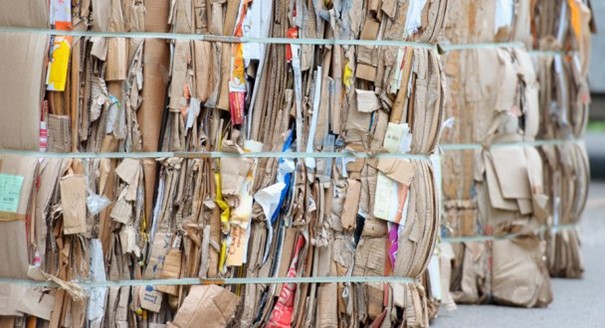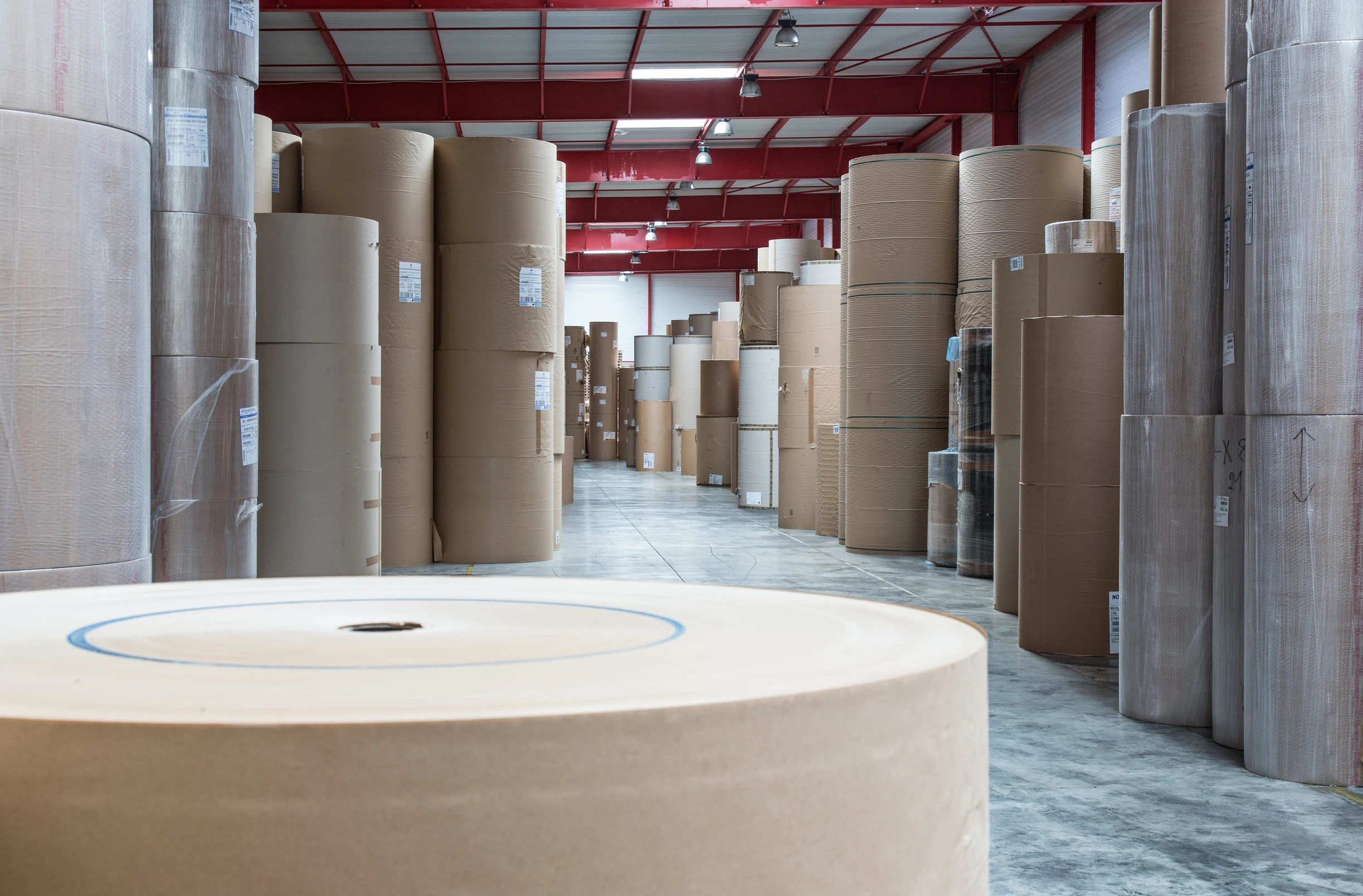Today, why is it inevitable to buy more to secure your supplies?

Purchasing Manager EUROPE – CGP COATING INNOVATION Group
Stéphanie, were the increases on our products in recent months inevitable?
Yes, and I would even say that they were necessary to secure our supplies, keep our markets, and guarantee delivery to our customers!
We need to get a quick idea of how we got here. It’s a combination of so many factors! In 2020, with the onset of the COVID-19 pandemic, e-commerce began to explode (Amazon and others), and the demand for paper for cardboard packaging was booming, quickly putting pressure on supplies and costs. For example, that year, corrugated paper was bought at 330 euro per ton compared to 800 euro today!
By the end of 2020, the Chinese economy takes off again, the costs of maritime freight are multiplied by 3 or 4, and following the prohibition by the Government on the import of waste paper, China starts to buy at all prices and strongly impacts the availability of material in Europe.
At the same time, the winter storm in Texas in February paralyzed the production of granules, solvents, and pigments and significantly disrupted the plastics and chemical markets in general. The demand for paper as an alternative solution is further increased. Paper production is running at full capacity, machine maintenance is postponed, incidents and stoppages multiply, sometimes leading to line breakdowns.
We are also witnessing the concentration of players and the arrival of the AGEC law. The increases also hit recycling, a link in the chain that is less supplied… as a result, paper increases again.
In 2021, the US and Canadian economies begin to recover. They are facing a shortage of materials like wood and are importing it in massive quantities from Europe and drying up the availability on our continent. This wood, which is used to manufacture pallets and paper pulp, is used for the following purposes…
With the resurgence of COVID-19 across Europe, production sites are limited, or even stopped. Teams are understaffed. Starch, a necessary component in the manufacture of paper, is also beginning to be in short supply.
And then in February 2022, war broke out in Ukraine. All energy costs are going up (as an indication, gas represents 25 to 30 % of paper production costs…) and some paper mills are even shutting down, as transport costs continue to rise.
Now you have a good overall picture of how managing these parameters is a headache for all of us.

How did CGP manage this unprecedented situation?
We were restricted in volume and constrained in price.
At first we tried to resist, but our leverage against the European global demand was not enough. And like everyone else, despite our leading position in our industry, we had no choice but to pass on the increases in order to secure our paper supplies and never default on delivery.
It was also necessary to manage the strong cash flow requirements necessary for purchasing commitments.

Secure supplies for you means secure supplies for your customers?
Yes, of course. We have done a lot of sourcing over the past few months and have found new partners and alternatives. We place orders six months in advance, which requires healthy finances as you can imagine. Our clients understand that we are all connected and that we have to stand together. Securing our supplies means securing theirs. This is our primary objective. If we haven’t left anyone in difficult circumstances, it is the result of our anticipation and our technical and financial teams finding solutions.
New European production prospects are planned for 2024, but the cost of energy will not decrease in the short term. So, we will stay mobilized and attentive and we’ll continue to look for alternatives. Alternatives for raw materials to secure our supplies, and technical alternatives to optimize our energy costs.
Our customers are with us as they understand that our interests are linked. We will get through this crisis together!

